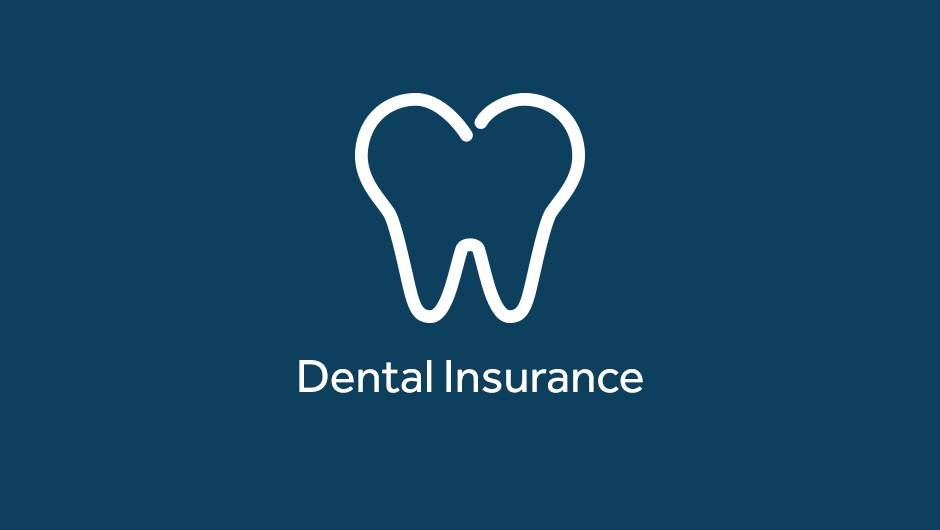How to Pick the Perfect Dental Insurance Plan for You and Your Loved Ones
Key Takeaways
- Dental insurance helps lower the cost of preventive and major dental treatments for individuals and families.
- Knowing the different plan types, such as PPO and HMO, can help you find coverage for your needs.
- Comparing benefits, covered services, out-of-pocket costs, and provider networks is essential before enrolling in any dental insurance plan.
- Preventive care is usually covered at a higher rate, making regular checkups affordable and encouraging good oral health.
- Dental plans can save families money on treatments like cleanings, fillings, crowns, and orthodontics.
Why Dental Insurance Is Worth Considering
Dental insurance is a crucial part of maintaining not just your oral health but also your overall wellness. Research has shown strong links between oral health and conditions like heart disease, diabetes, and complications during pregnancy. Yet, cost barriers often keep families and individuals from seeking regular dental care. By choosing a suitable dental insurance plan, you can ensure that preventive visits and necessary treatments remain affordable, ultimately helping to reduce long-term dental care costs.
When considering which plan to choose, it’s important to look closely at your coverage options. Many families find excellent flexibility and value in PPO dental insurance options, which usually provide broad provider networks and increased benefits for preventive services. Understanding each plan type’s features empowers you to make the right decision for everyone in your household. By comparing different plans, you can identify which coverage best suits your family’s needs and budget. Additionally, considering the reputation of insurance providers can help ensure you receive reliable and quality service.
Types of Dental Insurance Plans
Dental insurance comes in a variety of structures to suit different preferences and budgets. The two primary types are Preferred Provider Organization (PPO) and Health Maintenance Organization (HMO) plans. PPO plans are known for their flexibility—you can visit any licensed dentist but receive greater cost savings through in-network providers. HMO plans, on the other hand, typically come with lower premiums but require all visits to be within a set network, limiting your choice of dentists.
In addition to these common plans, some dental carriers offer indemnity insurance, which reimburses you for covered treatments regardless of which provider you see, and discount plans, where you pay a reduced fee for services with participating dentists. Choosing between these models depends on your preferred dentists, your need for specialty care, and your budget for out-of-pocket costs.
Dental plan benefits are designed to make routine care attainable. According to the American Dental Association, dental checkups are one of the most frequently sought-after forms of healthcare. Understanding which services are covered—such as exams, cleanings, fillings, and major services like crowns—will help ensure the plan you choose matches your family’s needs.
Key Features to Compare When Shopping for Dental Plans
- Premiums: Consider the monthly cost and how it fits into your household budget.
- Deductibles: This is the amount you pay before insurance benefits take effect for more than preventive services.
- Annual Maximums: Each plan has a maximum yearly payout. Make sure it can accommodate your anticipated dental expenses.
- Covered Services: Review whether preventive, basic, and major services are included, plus any exclusions or limitations.
It’s also advisable to review prescription drug coverage if you require medications for oral health, as well as explore friends’ and professionals’ experiences with different providers, which you can often find discussed on health websites like WebMD.
How Provider Networks Work
Dental insurance plans typically partner with a network of contracted dental providers who have agreed to offer services at discounted rates. Staying within your plan’s network usually means lower fees and easier claims processing. PPO plans offer the added flexibility of seeing any dentist—though you may pay more for out-of-network care—while HMOs restrict you to a set list of providers except in emergencies.
Before enrolling in a plan, verify that your current dentist is within the insurer’s network, especially if you value your existing relationship or if your children are comfortable with a specific provider. If switching is necessary, many insurers offer online tools to help search for in-network dentists by location and specialty.
Estimating What You’ll Pay Out-of-Pocket
Even with dental insurance, some out-of-pocket expenses are unavoidable. These include your deductible, co-payments, co-insurance, and any charges above your plan’s annual maximum. Preventive care is usually covered at 100%, minimizing costs for routine visits. More complex procedures, such as fillings, root canals, crowns, or braces, often require cost-sharing. It’s smart to use your insurer’s online cost estimator or speak with your dentist’s billing team to anticipate expenses, particularly for multi-person family plans.
If you foresee significant dental costs—such as multiple children in need of orthodontic work—factoring these potential bills into your plan selection is essential to avoid unwanted financial surprises.
Tips for Enrolling Your Whole Family
Family dental plans generally offer better value than purchasing separate individual plans, especially if you have several dependents. Make sure to check for pediatric and orthodontic coverage, as these features can significantly reduce costs for children’s dental needs. Some plans include added perks like discounts on sealants, fluoride treatments, or mouthguards—all highly beneficial for kids’ preventive health.
Also, review family plan options for preventive benefits like additional cleanings or free children’s checkups. Asking about family or multi-member discounts with prospective insurers can lead to further savings over time.
Making the Most of Your Dental Insurance
To maximize your dental insurance, schedule routine exams and cleanings shortly after your policy begins. Establishing a regular preventive care routine is the key to long-term oral health and cost savings. For children, consider extra services like sealant application and fluoride treatments, while adults may benefit from annual screenings for gum disease or oral cancer.
Keeping thorough records—such as receipts, claims, and Explanation of Benefits (EOB) statements—helps you track expenses, understand what your insurance has covered, and better plan for the year ahead. Many people find it helpful to create a digital or physical folder for each family member’s dental documentation.
Final Thoughts
Dental insurance provides families with critical financial protection and peace of mind, encourages proactive health maintenance, and helps minimize the impact of unexpected dental needs. By carefully comparing plans, understanding coverage options, and staying organized with your dental care, you can ensure that everyone in your household enjoys consistent access to affordable oral health services.







